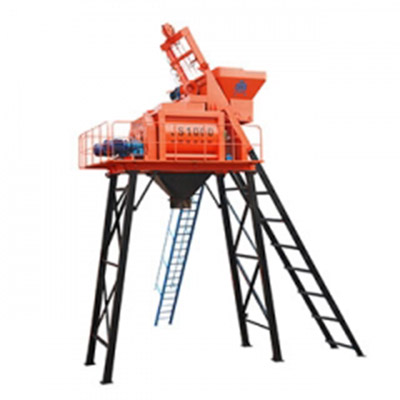Mobile:+86-311-808-126-83
Email:info@ydcastings.com
sand casting stainless steel
Sand Casting Stainless Steel An Overview
Sand casting is one of the oldest and most widely used metal forming processes, praised for its flexibility and cost-effectiveness. Among various metals that can be cast using this process, stainless steel stands out due to its desirable properties, including corrosion resistance, strength, and durability. This article explores the intricacies of sand casting stainless steel, including its process, advantages, applications, and considerations.
The Sand Casting Process
The sand casting process involves creating a mold from sand, into which molten stainless steel is poured. The following steps outline this process
1. Pattern Creation A pattern of the desired object is crafted, typically from metal or wood. This pattern is slightly larger than the final product to account for shrinkage during cooling.
2. Mold Making The pattern is placed in a flask, and sand mixed with a binding agent (often clay) is packed around it. The sand conforms to the shape of the pattern, allowing for the creation of a mold cavity once the pattern is removed.
3. Mold Assembly Two halves of the mold are created and then assembled, ensuring a proper fit to prevent any leakage of molten metal.
4. Pouring Stainless steel is melted in a furnace, reaching temperatures above 2600°F (1425°C). Once in liquid form, the molten stainless steel is poured into the mold cavity.
5. Cooling After pouring, the metal is allowed to cool and solidify. The cooling time may vary based on the size and complexity of the casting.
6. Mold Removal Once cooled, the sand mold is broken away to reveal the cast stainless steel object.
7. Finishing Touches The final casting may require additional machining or finishing processes to meet specific tolerances or surface finishes.
Advantages of Sand Casting Stainless Steel
The use of sand casting for stainless steel offers several advantages
- Cost-Effectiveness Sand casting is economical for both small and large production runs. The materials used for molds (sand and binder) are relatively inexpensive, and the process requires less capital investment compared to more sophisticated casting techniques.
- Versatility This method can produce a wide range of shapes and sizes, from simple components to intricate designs
. It accommodates large castings weighing several tons as well as small, delicate parts.sand casting stainless steel

- Material Compatibility Stainless steel alloys can be effectively used in sand casting, providing a variety of mechanical properties that meet diverse application needs.
- Complexity Sand casting allows for the creation of complex geometries that may be difficult to achieve through other forming processes.
Applications of Sand Cast Stainless Steel
Due to its unique properties and the advantages of the sand casting process, stainless steel castings are widely used in various industries, including
- Aerospace Components such as brackets, mounts, and housings that can withstand extreme temperatures and corrosive environments.
- Automotive Engine parts, exhaust systems, and architectural elements that require strength and reliability.
- Oil and Gas Valves, fittings, and other components that must endure harsh environmental conditions.
- Medical Equipment Precision parts that require high levels of sterility and corrosion resistance.
Considerations and Challenges
While sand casting stainless steel has many benefits, there are also challenges that need to be addressed
- Surface Finish Sand casting may not achieve the same level of surface finish as other methods such as investment casting, which can increase the need for finishing processes.
- Dimensional Tolerances The process requires careful control of the mold and pouring techniques to ensure product dimensions are within acceptable ranges.
- Defects Potential casting defects such as sand inclusion, shrinkage, or porosity can occur. Proper quality control and process management are essential to mitigate these issues.
Conclusion
Sand casting stainless steel is a proven method that combines efficiency and adaptability to meet the demands of various industries. By leveraging the unique benefits of stainless steel, manufacturers can create high-quality, durable products that meet stringent performance and aesthetic standards. As technology and materials continue to evolve, the sand casting process will likely adapt, ensuring its relevance in modern manufacturing.
-
Why Should You Invest in Superior Pump Castings for Your Equipment?NewsJun.09,2025
-
Unlock Performance Potential with Stainless Impellers and Aluminum End CapsNewsJun.09,2025
-
Revolutionize Your Machinery with Superior Cast Iron and Aluminum ComponentsNewsJun.09,2025
-
Revolutionize Fluid Dynamics with Premium Pump ComponentsNewsJun.09,2025
-
Optimizing Industrial Systems with Essential Valve ComponentsNewsJun.09,2025
-
Elevate Grid Efficiency with High-Precision Power CastingsNewsJun.09,2025











